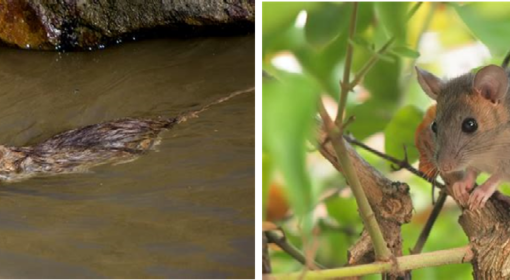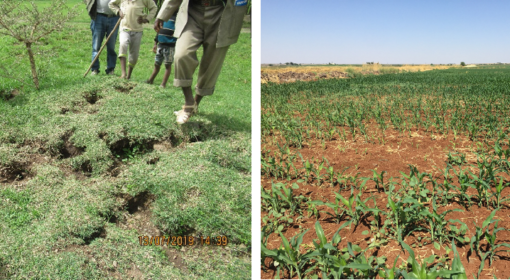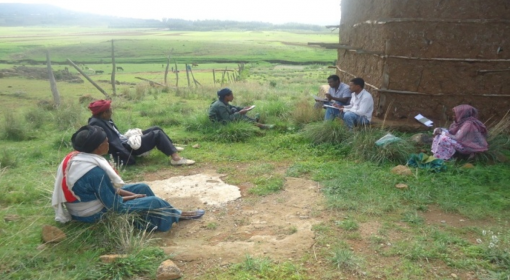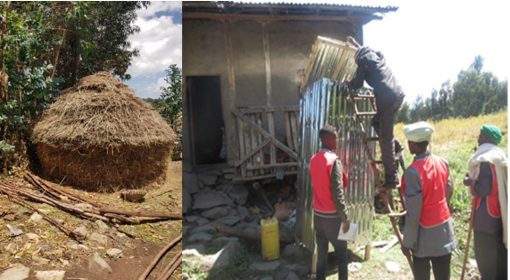By Tadesse Tilahun, Getachew Engdayehu, Bantamlak Wondmnow, and Luwieke Bosma
This is the third in a series of blog posts describing the development and implementation of ecological-based rodent management (EBRM) in Ethiopia. It describes the realization of the joint approach between farming communities, MetaMeta, and the Amhara Bureau of Agriculture in implementing EBRM with the support of RVO-SBIR and Green Future Farming supported by the Ikea Foundation.
In the previous blogs in this series, we read how the EBRM approach was established based on collecting and documenting indigenous farmer knowledge on rodent control practices, as well as extensive scientific research and field testing to create a bio-rodenticide. In this post, we will dive deeper into how combining the novel bio-rodenticide with community-based efforts resulted in a significant impact in terms of reducing rodents. Community efforts and cooperation amongst farmers are critical in rodent control as rats quickly move from one field or house to another. Therefore, an entire area needs to work together to get good results.
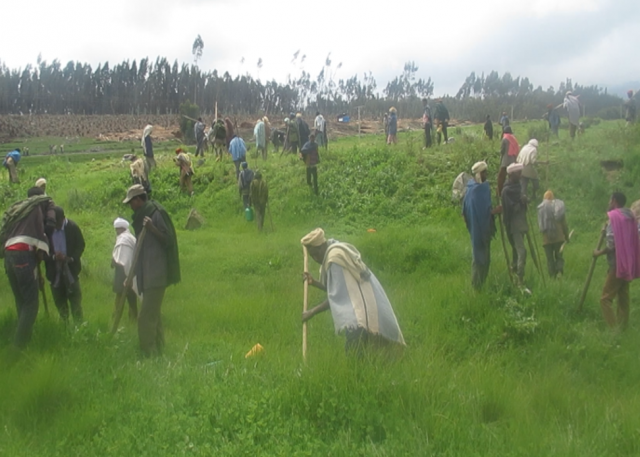
After many lessons were gained and best practices were documented, the Amhara Bureau of Agriculture and MetaMeta introduced the EBRM approach throughout 15 watersheds to widen EBRM activities to other neighboring watersheds. To strengthen and recognize good implementers and create a competitive spirit, champion farmers were selected, who served as ambassadors of the EBRM approach to other watersheds.
To date, EBRM practices have been implemented and adopted in more than 100 watersheds. The EBRM mobilization is continuing and transformed into a routine and regular activity, and community-based campaigns have become common in each watershed. The three main activities in controlling rodents are[1]:
- Ensuring the cleanliness of grain storage areas and household compounds and preventing rats from entering these areas.
- Controlling the environment in the agricultural fields:
- Improving cultivation practices such that there are fewer opportunities for rats to thrive
- Destroying the habitats of rats and ensuring they have no place to hide
- Improving the quality of soil and water conservation structures (Photo 2)
- Taking specific actions to control and kill rats:
- Using bio rodenticides
- Promoting natural predators
- Installing trap barrier systems
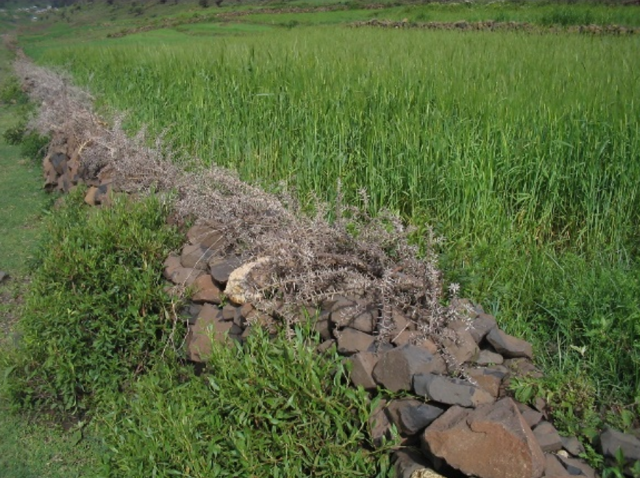
With these three main activities, there are three essential aspects: (1) timing (rodent management is most effective in the lean season when they are fewer), (2) collective approach (rodents can only be controlled if everybody is in; otherwise the clever animals will find a way to escape, survive, and thrive), (3) combining methods (as rodents are clever, a combination of control methods is required whereby the focus should be foremost to reduce access to food and shelter before going into direct killing).
The EBRM approach has yielded a quick and overwhelming uptake with immediate results. Farmers witnessed that grazing land improved after EBRM practices– grasses are in a better state and give better results than in previous years, and crop fields yield more after bio-rodenticide application.
As the model for promoting EBRM practices is based on strengthening local value chains and empowering women and youth as entrepreneurs, the next step was introducing the EBRM approach, including the bio-rodenticide, to the market. To start this, business and production training was provided to 13 women groups. The women groups gained technical skills in EBRM practices and business training on running Small and Medium Enterprises (SMEs). The aim is to create a solid and robust service sector in which these SMEs can thrive in spreading the EBRM approach.
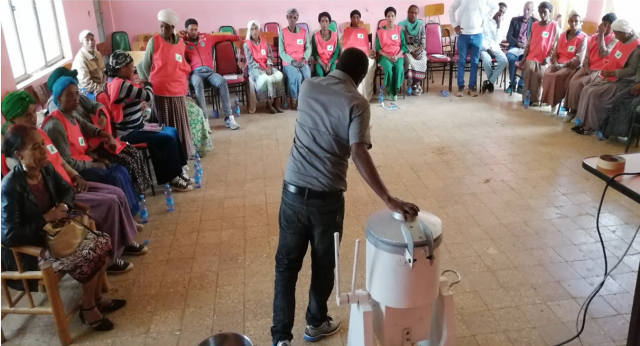
These success stories advocate for the broader application of elements of this project. However, as this communal and systematic EBRM approach is relatively new, some hiccups persist with respect to establishing it in the broader market. Several challenges still need to be dealt with: (1) supply of the raw materials needed to produce bio-rodenticide, (2) logistics for transportation of these materials and the final product, (3) getting the product on the list of approved trade items by FDRE ministry of trade, and (4) licensing of the SMEs that produce the bio-rodenticides.
Despite these hiccups and challenges, the high potential for the EBRM approach powered by these women SMEs remains. It fills the gap of eco-friendly solutions to tackle the major rodent issues in the country. Creating a local value chain of the bio-rodenticide and a strong service sector selling the EBRM package has considerable potential for creating jobs and increasing the local income and livelihood opportunities in Amhara. Out of the four million small-holder farmer units in the Amhara region alone, more than 70% are interested in buying the Bio-Rodenticide and applying EBRM. In combination with the absence of similar products in the local markets, this demand indicates a unique selling point for this simple, low-cost, but compelling product and the EBRM approach in the country.
Do you want to know more? Contact Luwieke (lbosma@metameta.nl) or have a look at www.rodentgreen.com

[1] Engdayehu, G., Yonas, M., Tilahun, T., Wondmnow, B., Bosma, L., & van Steenbergen, F. (2020). Effectively Controlling Rats with Ecological Methods – Ethiopia edition 2020. Green Rodent Control.
